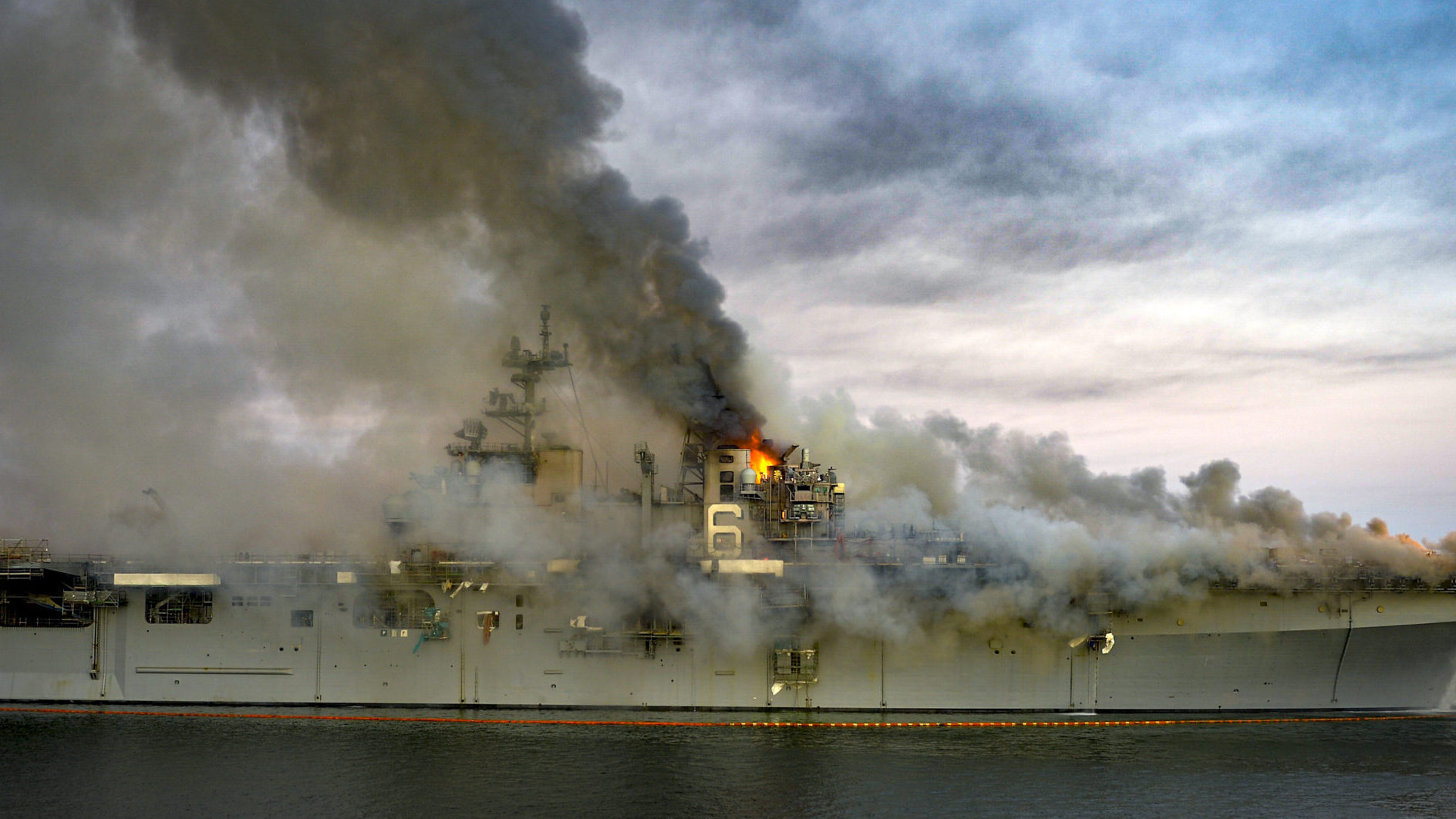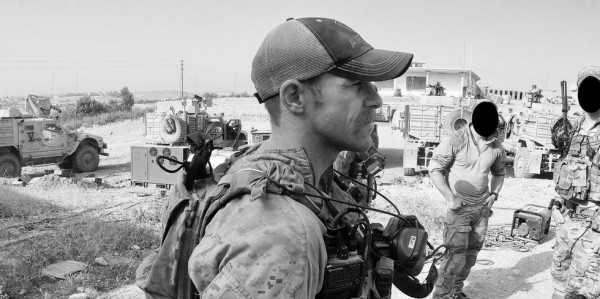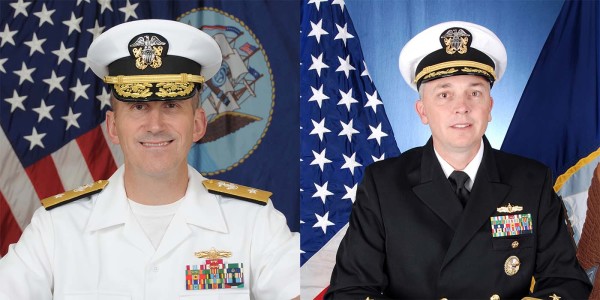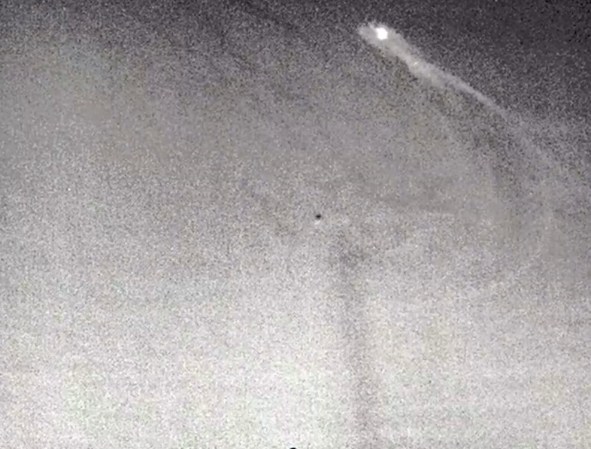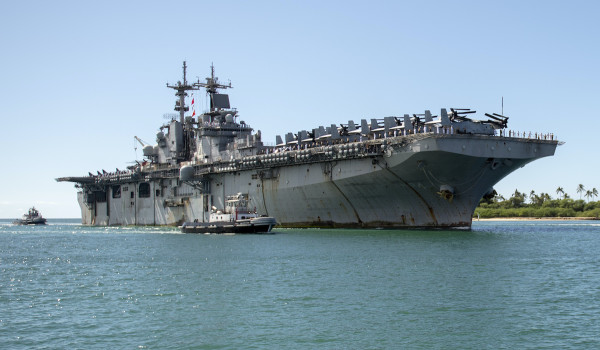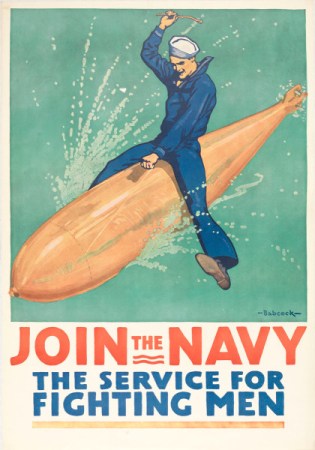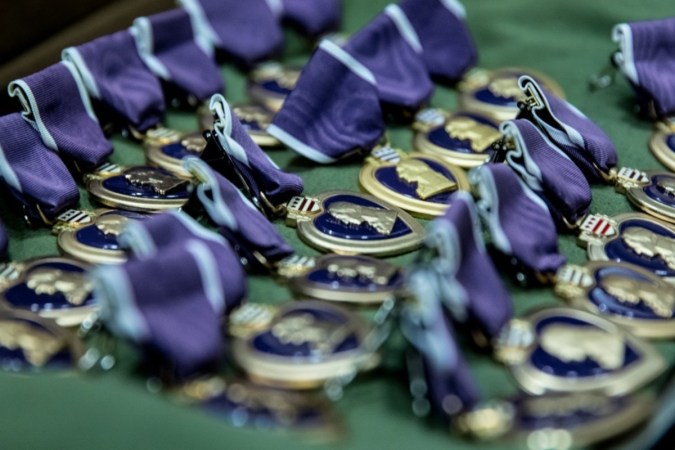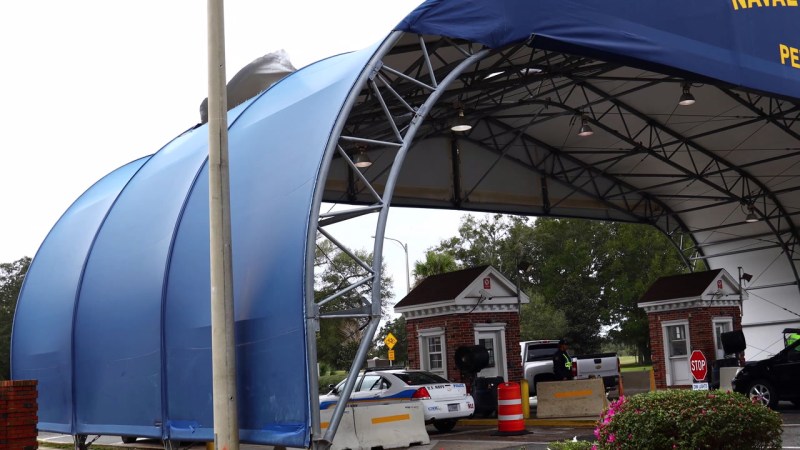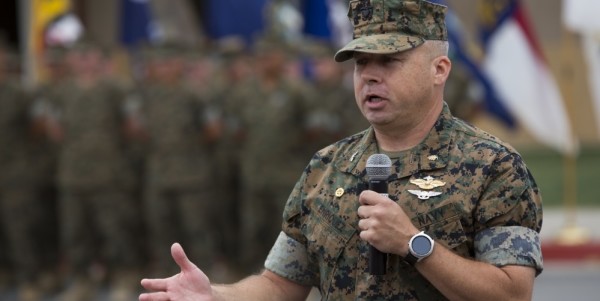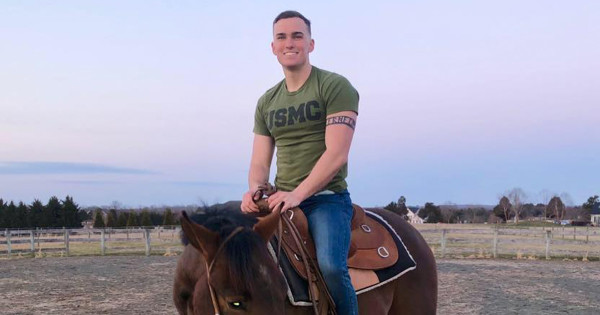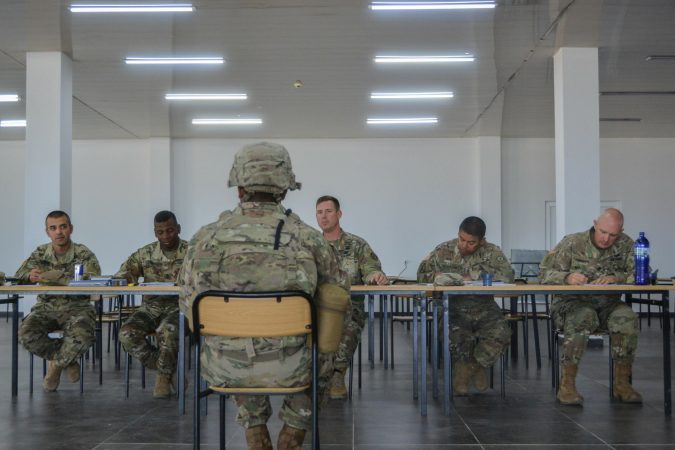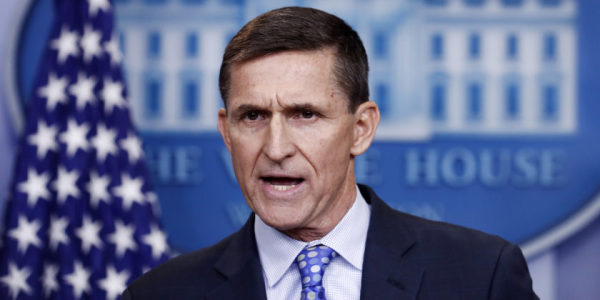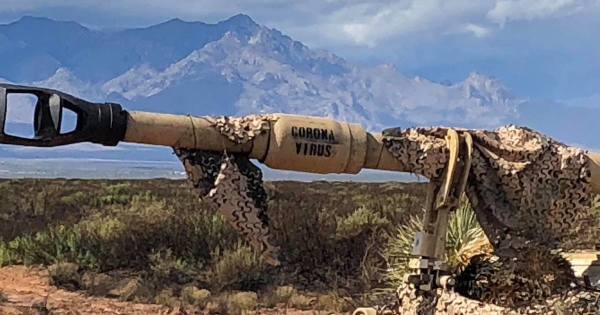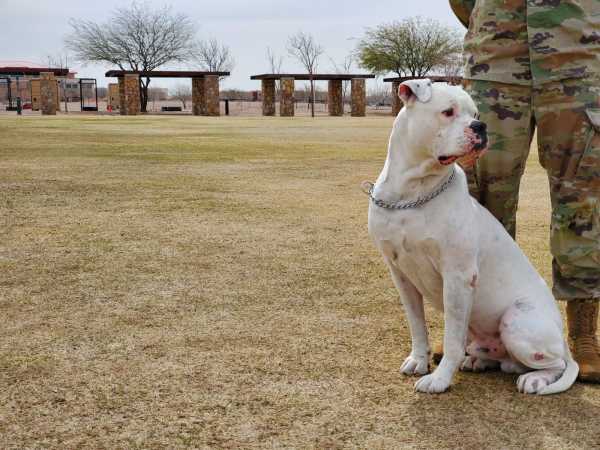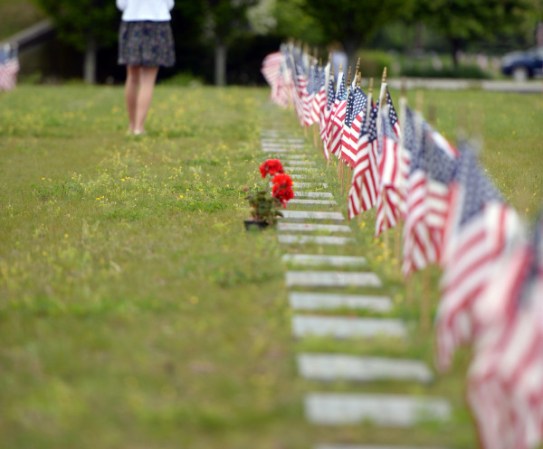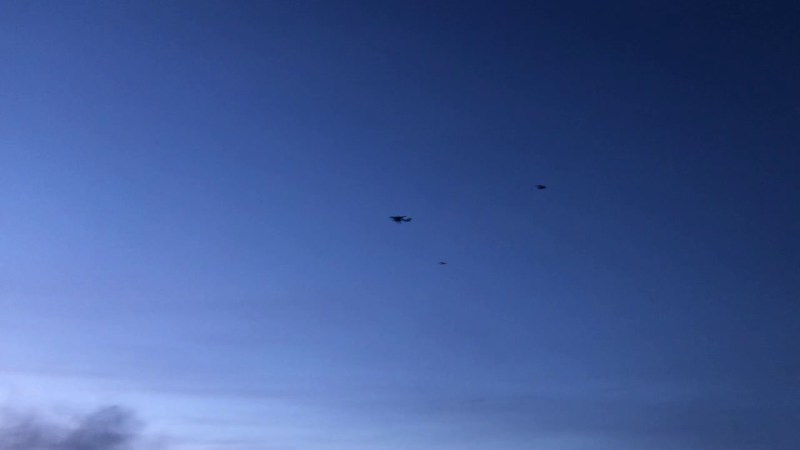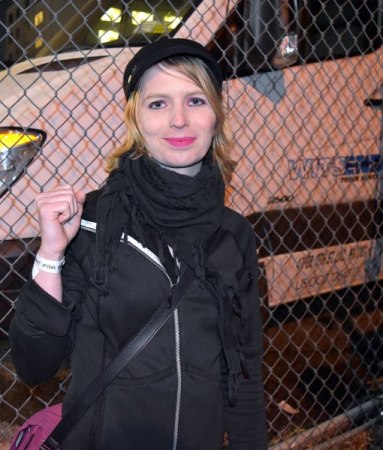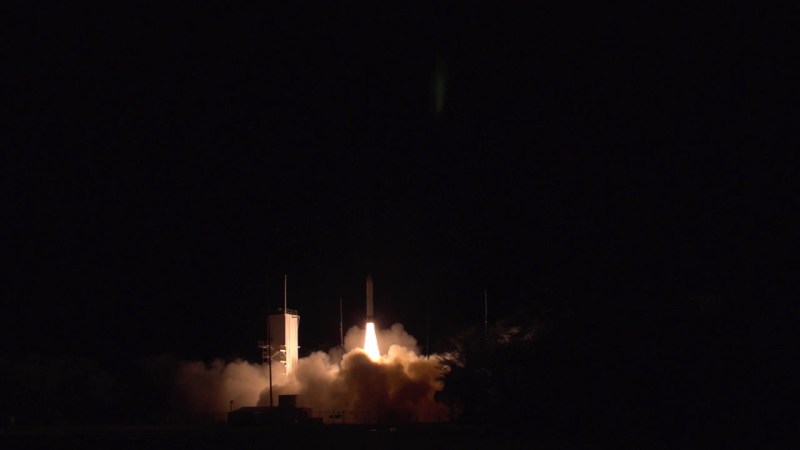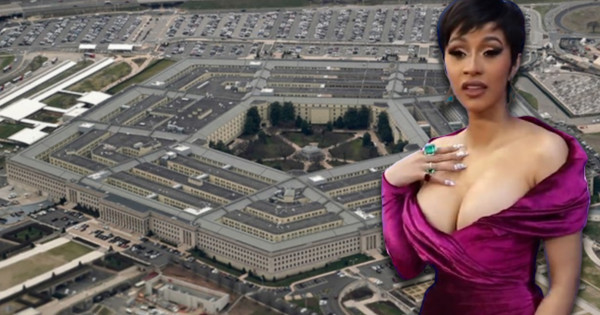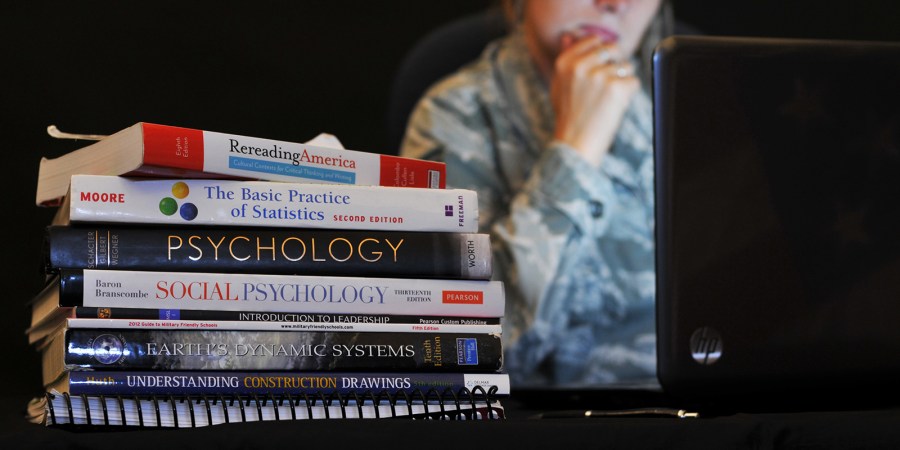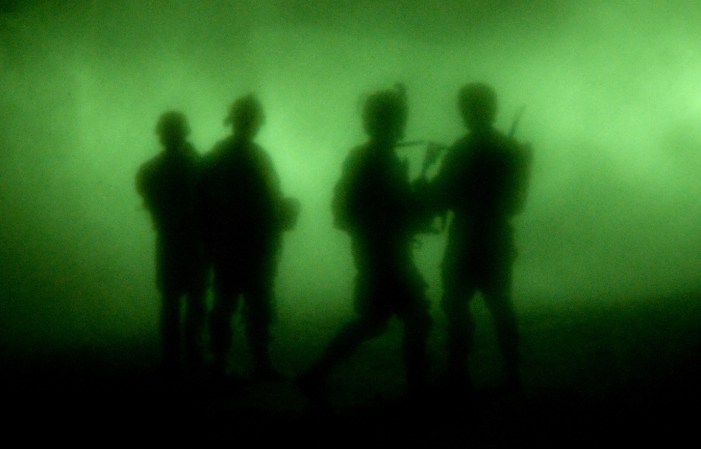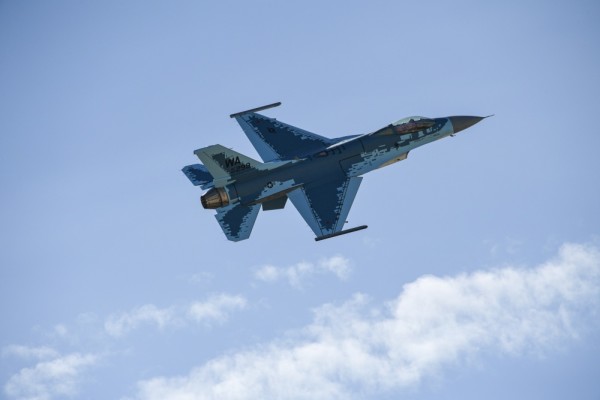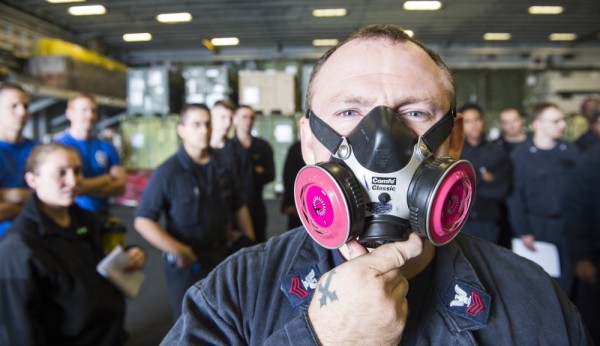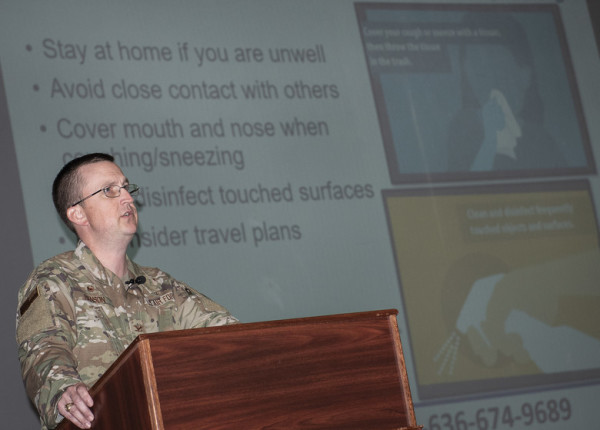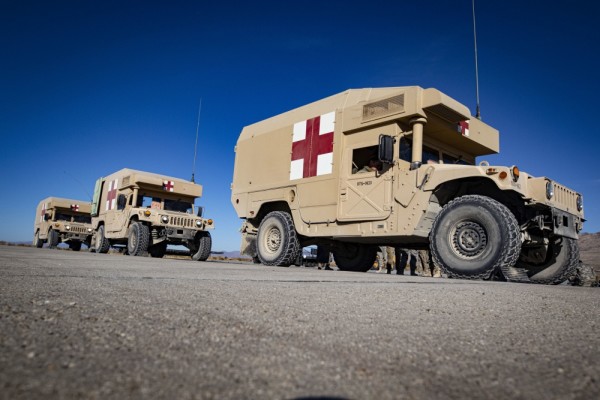Navy prosecutors rested their preliminary case against Seaman Apprentice Ryan S. Mays Tuesday afternoon after presenting little physical evidence but an abundance of testimony that Mays was difficult and cocky with his command and peers.
Defense lawyers told the Article 32 hearing officer that prosecutors produced two terabytes of data investigators gathered and analyzed, including 28,000 pages of documents and many hours of video, but the Navy’s case relies largely on witnesses who testified they don’t like or think well of Mays, along with Mays’ own alternately chatty and churlish interviews with the Naval Criminal Investigative Service.
Mays’ immediate supervisor, his senior chief, and federal investigators testified that he had a reputation for being cocky and a braggart, and wasn’t liked by people who had to deal with him. The testimony is important to prosecutors since they cast him as a disgruntled sailor who sabotaged the ship.

Mays is accused of starting the July 2020 fire that destroyed the USS Bonhomme Richard, a fire that burned for four and a half days, damaging the ship so badly that it was scrapped earlier this year.
The USS Bonhomme Richard caught fire on July 12 while berthed in San Diego at the end of a 19-month, $250 million upgrade including modifications for F-35B fighters. More than 60 crew members and firefighters were injured fighting the fire that reached temperatures above 1200 degrees Fahrenheit and melted the aluminum portions of the structure, according to a Navy review of the catastrophe. The ship cost more than $750 million to build in the early 1990s (roughly $1.4 billion in 2019 dollars) and repair estimates ran to $3.2 billion.
Arson caused the fire, according to investigators from the Bureau of Alcohol, Tobacco, Firearms, and Explosives (BATFE). While NCIS pursued the criminal investigation, the Navy also studied the command and policy failures laid bare by the fire, generating two damning reports and hundreds of recommendations.
BATFE — which dispatched a nine-member National Response Team to the burned ship — ultimately declared the fire arson and identified a point of origin in the ship’s lower vehicle storage deck. But its experts were unable to determine whether the accelerant used to set stacked cardboard boxes on pallets afire was diesel fuel or mineral spirits, much less determine the source for the accelerant.

The Navy charged Mays with willfully hazarding a vessel and aggravated arson more than a year after the fire, which Mays denies. He was held in the brig from August 2020 to October 2020 but was released when the NCIS investigation turned to another person of interest, a sailor who later separated from the Navy.
Prosecutors presented evidence and testimony to a hearing officer Monday and Tuesday to demonstrate the case against Mays is solid enough to proceed to court-martial.
The only physical evidence that ties Mays to the fire is that he had a lighter in his belongings. ATF Certified Fire Investigator Matthew Beals agreed in testimony that there are no fingerprints, DNA, video or other hard evidence that Mays set the fire.

Petty Officer 3rd Class Kenji Velasco, the only witness tying Mays to the Lower V on the morning of the fire, testified that he is now “100 percent sure” that he saw Mays, wearing coveralls, a mask, hair covering and carrying a heavy bucket, walk down to the Lower V minutes before he saw smoke.
On Tuesday, defense lawyers reviewed Velasco’s earlier statements with him, pointing out that Velasco first reported seeing someone he couldn’t identify going to the Lower V more than a week after the fire started. Days later, Velasco told NCIS investigators it could have been Mays. Over the course of seven interviews, Velasco’s statements continued to change, defense lawyers pointed out.
“I just wanted to make sure it was him I saw and didn’t want to say any other [sailors’] names,” Velasco said of his evolving statements.
Velasco and others testified that Mays is generally disliked by his peers and not thought well of by his command – which ended up with the sailor after he dropped out of the Basic Underwater Demolition/SEAL training.

Senior Chief Michael Simms, the highest-ranking officer in the Deck Department, testified that Mays, like some other sailors, end up on deck duty as boatswain’s mates — cleaning and maintaining the ship — after they wash out of BUD/S and other assignments.
“When we get them in the fleet they’re really not happy about being in the fleet,” Simms said. Mays’ reputation was “not favorable,” Simms said, because he “lacked military bearing,” was cocky and sometimes disrespectful to petty officers. “One minute, he’s motivated; the next minute he’s not.”
Two days before the fire, Simms walked through the Lower V of the ship at the end of the 19-month upgrade. As the senior chief of deck, he was preparing for his department to reclaim the area. In his words, the Lower V was ‘owned’ by shipbuilding company NASSCO and its contractors.
He found the area “packed” full of tri-walls with unknown contents, equipment, and a pallet of hand sanitizer the Navy classifies as a hazardous material.
The Article 32 hearing is expected to end after defense witnesses testify on Wednesday. Afterward, Vice Adm. Stephen Koehler, known as the convening authority, will review the evidence presented and decide whether it’s enough to move forward with court-martial.
Read more on Task & Purpose
- Here’s the charge sheet of the sailor accused of setting a $1.4 billion warship on fire
- The Air Force fired a commander who separated an airman recovering from a suicide attempt
- Tulsi Gabbard posted a video in uniform accusing ‘self-serving’ politicians of wanting to start World War III
- A Marine captain argues: the Corps has a ‘participation award’ problem
- This video captures the ‘oh sh-t’ moment of an Army paratrooper’s reserve parachute opening at the last possible second
- Here’s why military officers are commanding fewer enlisted troops than ever before
Want to write for Task & Purpose? Click here. Or check out the latest stories on our homepage.
